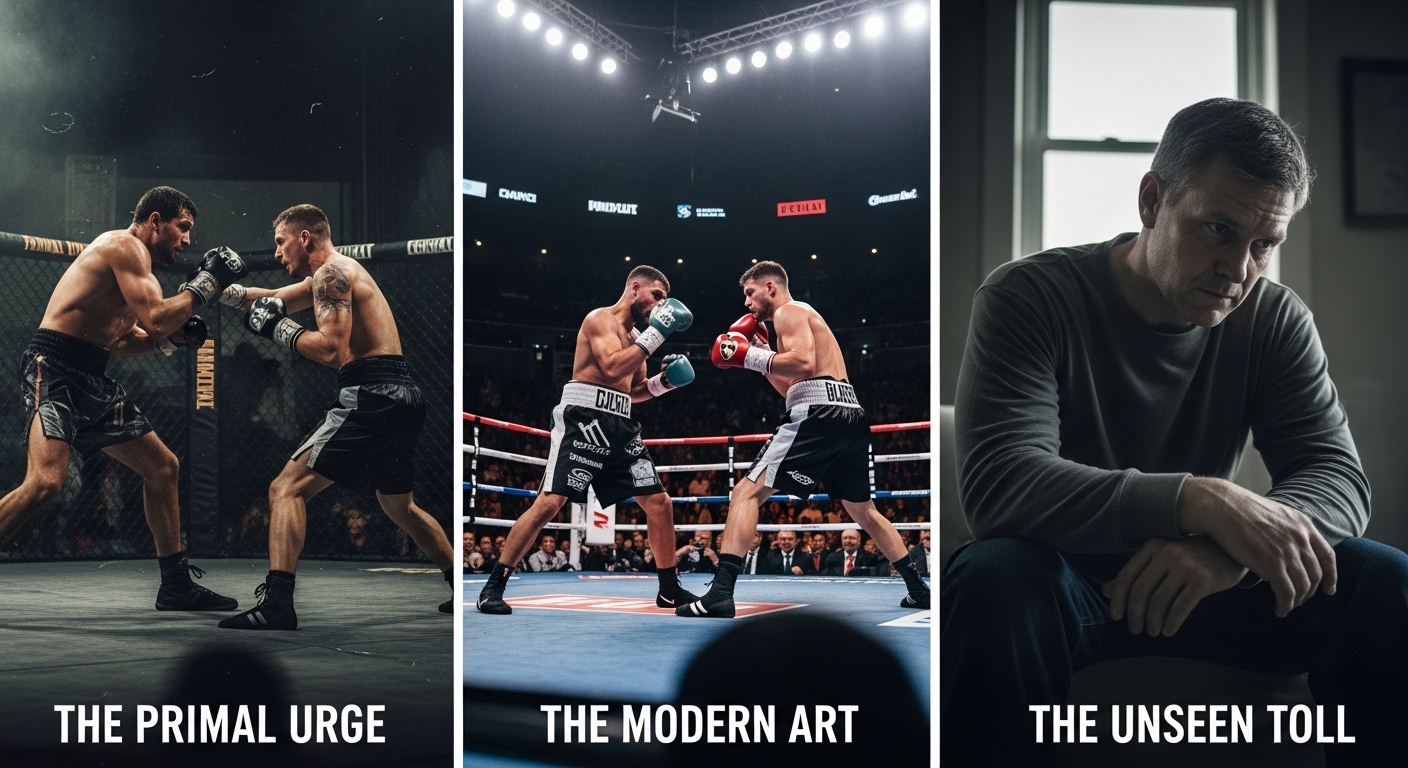“Fighting” evokes a complex tapestry of images, from the primal clash of ancient warriors to the disciplined precision of combat sports, and the brutal reality of armed conflict. At its core, fighting is a physical confrontation, a struggle between opposing forces. While it provides thrilling spectacle in entertainment, its real-world manifestation carries profound and often devastating consequences.
The Duality of Fighting: Controlled Spectacle vs. Uncontrolled Reality
The term “fighting” carries a powerful duality depending on its context:
- In Entertainment & Sport (Simulated/Controlled Fighting): This is where most people encounter fighting. It encompasses choreographed action in films, the strategic maneuvers in video games, or the formalized rules of martial arts competitions and combat sports. In this realm, fighting is designed to:
- Thrill and Excite: The tension of confrontation, the display of skill, and the high stakes create compelling entertainment.
- Showcase Prowess: Highlight the physical, mental, or strategic abilities of characters or athletes.
- Advance Narrative: Drive plots forward, create character arcs, and resolve conflicts.
- Provide Catharsis: Allow audiences to experience conflict and its resolution in a safe, vicarious way.
- Examples: Mixed Martial Arts (MMA) events like the UFC, boxing matches, wrestling, traditional martial arts demonstrations, action films, and fighting video games.
- In Reality (Actual Fighting): This refers to real-world armed conflict, self-defense situations, or law enforcement engagements. This type of fighting is characterized by:
- Extreme Danger: The constant threat of injury, severe harm, psychological trauma, and death.
- Unpredictability: Despite planning, real combat is chaotic and fluid, with unexpected variables and high stakes.
- Brutal Consequences: Physical injuries, long-term psychological scars (such as Post-Traumatic Stress Disorder – PTSD, depression, anxiety), loss of life, and widespread devastation to infrastructure and communities.
- Moral and Ethical Dilemmas: Combatants often face difficult choices with profound ethical implications under extreme pressure.
A Legacy of Conflict and Discipline: The Evolution of Fighting
The methods and nature of fighting have evolved alongside human technological and societal development:
- Ancient & Traditional Forms: From early human societies using primitive weapons like clubs and spears, to the development of highly formalized martial arts in ancient China (Kung Fu), Japan (Karate, Judo, Jujutsu), Korea (Taekwondo), and Thailand (Muay Thai). These forms often intertwined self-defense with philosophy, discipline, and spiritual development.
- Organized Warfare: As societies advanced, so did organized armies, fortifications, and sophisticated military tactics, leading to the large-scale battles of ancient and medieval eras.
- Modern Warfare: The 20th and 21st centuries have seen the rise of advanced weaponry, air power, armored vehicles, precision-guided munitions, and the increasing use of technology (drones, cyber warfare). This has transformed the scale and lethality of conflict.
- The Rise of Combat Sports: The 20th century saw the formalization of ancient fighting forms into global sports. Boxing and wrestling gained international recognition, followed by the explosion of Mixed Martial Arts (MMA) in the late 20th and early 21st centuries, which synthesizes techniques from various martial arts into thrilling contests.
Trends in Fighting in 2025: From AI Training to Hybrid Disciplines
As of mid-2025, the world of fighting – both real and simulated – is shaped by several key trends:
- Hybrid Training Programs: Martial arts schools are increasingly offering blended programs that combine disciplines like Muay Thai, Brazilian Jiu-Jitsu (BJJ), and Krav Maga. This holistic approach helps practitioners develop a more well-rounded skillset for self-defense, fitness, or competition.
- Technology in Training: AI and virtual reality (VR) are revolutionizing training. AI-powered punching bags provide real-time feedback on strikes, analyzing movements and adjusting to user intensity. VR sparring sessions offer immersive, risk-free environments for practice. These tools are attracting new participants and providing advanced feedback to experienced fighters.
- Growing Popularity of Combat Sports: MMA continues to be a significant force, driving interest in various martial arts. The global combat sports products market is seeing strong growth, fueled by increased media coverage, live broadcasting, and global participation.
- Women Making Waves: The rise of women in martial arts and combat sports is a major trend. Disciplines like Krav Maga and BJJ are particularly popular among female practitioners due to their emphasis on practical self-defense. More women-only classes and competitions are fostering inclusive spaces for female athletes.
- Holistic Wellness Focus: Beyond just physical fitness, many martial arts studios are incorporating mindfulness, meditation, and strength training alongside traditional combat techniques. This appeals to individuals seeking to improve both their physical health and mental well-being.
- Cyber Combat’s Expanding Battlefield: In the realm of real-world conflict, cyber combat continues to intensify. Nations and non-state actors engage in sophisticated digital attacks to disrupt critical infrastructure, steal information, and influence adversaries, often operating in a grey zone below the threshold of traditional armed conflict.
The Psychology and Societal Impact
Fighting, whether in a controlled environment or a real-world scenario, has profound psychological implications. Participants in real combat face significant risks of PTSD, depression, and anxiety. Even in training, the discipline required in martial arts can build mental toughness, resilience, and self-confidence.
Societally, fighting in sports provides a controlled outlet for aggression and a powerful spectacle of human achievement. It fosters communities, builds national pride during international competitions, and serves as a testament to the discipline and dedication of athletes. The narrative of overcoming adversity inherent in fighting resonates deeply across cultures.
While the simulated world of entertainment provides a safe space to explore the excitement and drama of conflict, it’s crucial to remember that real-world combat remains a grim and complex reality. Understanding both its allure in fiction and its devastating impact in life is essential for a comprehensive view of this enduring aspect of the human experience.

